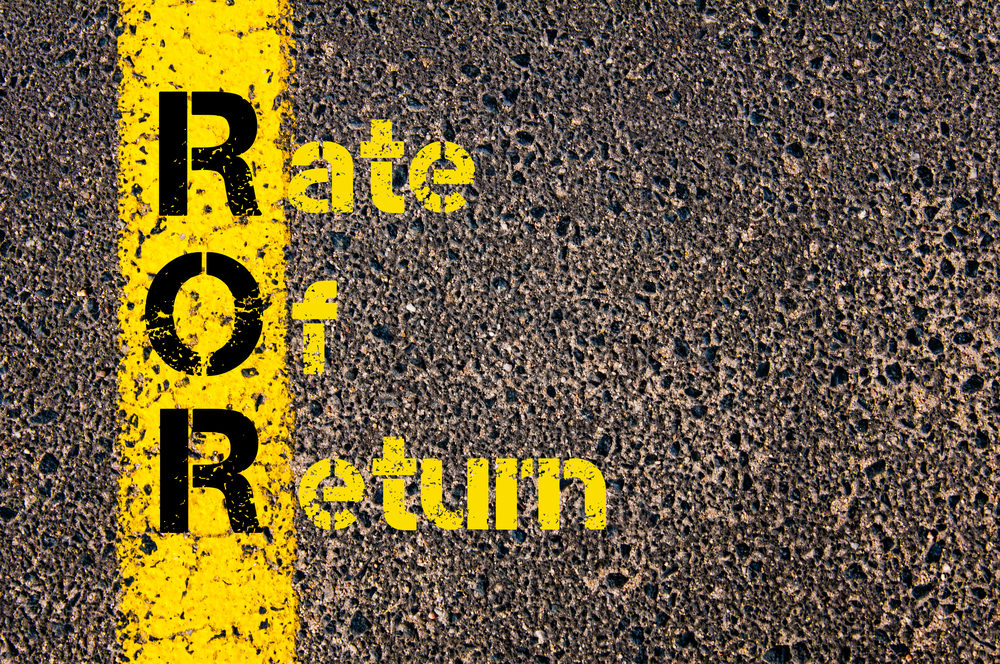The article “Your Expected Rate of Return” was originally published on MoneySense on August 18, 015.
Canadian equity portfolios are expected to yield 6.3% before fees in 2015, according to the FPSC
Q: After receiving an average rate of return of about 6.32% over the past several years, I recently changed financial planners. After meeting several times with my new planner, he had assured me that he would lower my fees while realizing a greater return than I’ve been receiving. However, I was a bit floored when he recommended that I should expect an average return of 4.76% annually for the next 15 years. I’m concerned he may just be trying to manage my expectations and leave me in a too conservative risk category.
I’ve been searching high and low to get a good idea of what a reasonable rate of return would be over the next several years.
Is 4.76% too low?
—Rob
A: Rate of return is generally a function of risk tolerance, in that the higher your risk tolerance, the higher your likely long run rate of return. Short-run returns can be all over the map and that much more exaggerated for a portfolio with a high exposure to stocks. A thorough understanding of rate of return expectations is important in matching an asset allocation to a potential new portfolio, Rob.
In your new advisor’s defence, it may be that a more conservative asset allocation more closely matches your risk tolerance or is more appropriate based on your current time horizon for the funds. Your current time horizon, in particular, is likely much shorter than the time horizon that your old adviser started with many years ago. As far as conflict of interest, often advisers earn more when you’re in a more aggressive portfolio–not a more conservative one.
It’s important to discuss returns with your investment advisor, whether it’s a new advisor or one that you’ve worked with for years. What has your rate of return been? How does that compare to a benchmark–comparable stock and bond markets? And what return expectation should be applied to your investment and retirement planning going forward?
I think one thing that you need to consider, Rob, is that bond returns have been better in recent years than they are likely to be from this point forward. The DEX Universe Bond Index–a broad Canadian bond benchmark–has returned 5.32% for the 10 years ending Dec. 31, 2014. With the 10-year Government of Canada bond currently yielding about 1.37%, it is only fair to assume a lower return going forward on balanced portfolios that include an exposure to bonds.
The Financial Planning Standards Council (FPSC) is the regulatory body that oversees the Certified Financial Planner (CFP) designation in Canada. They released their Projection Assumption Guidelines earlier this year and suggest that “the guidelines are prepared for projections and analyses over several years (for example, retirement income projections).”
The following are the 2015 return rate guidelines: short-term investments, 2.90%; Canadian fixed income securities, 3.90%; and Canadian equities (dividends and capital gains combined), 6.30%. The FPSC suggests that “an additional annual return of a maximum of 1% could also be used” for foreign equities.
It should also be noted that these projected returns are before fees, which may range from a low of 0.25% for a do-it-yourself investor to a high of 2.50% for a mutual fund investor, but generally fall in between in the 1-1.50% range.
The Globe & Mail did a survey of 11 industry experts in late 2014 that forecast a low of 2.50%, a high of 8.00% and an average of 5.40% for estimated 10-year annualized returns for a balanced investment portfolio that is 60% in stocks and 40% in bonds. These estimates exclude fees.
I generally use a 5% return as my starting point for a balanced portfolio return, Rob, net of fees, but may use a lower return depending on a client’s risk tolerance. I also model lower 3% returns and higher 7% returns to demonstrate a potential range of returns and their impact on a long run retirement plan.
I don’t think a target of 4.76% is unreasonably low over the next 15 years for an investor using a full-service investment firm and paying full service fees. A do-it-yourself investor with a low-cost indexing approach may be able to add to that return, at the expense of a little elbow grease.
Hopefully all of these projections prove low, but I think it’s more prudent for an advisor to set attainable expectations and seek to exceed them than to set unreasonable ones and have a client plan and budget accordingly. After all, returns will ultimately be more subject to market forces than to any special powers your investment advisor may have.
Jason Heath is a fee-only, advice-only Certified Financial Planner (CFP) at Objective Financial Partners Inc. in Toronto, Ontario. He does not sell any financial products whatsoever.

